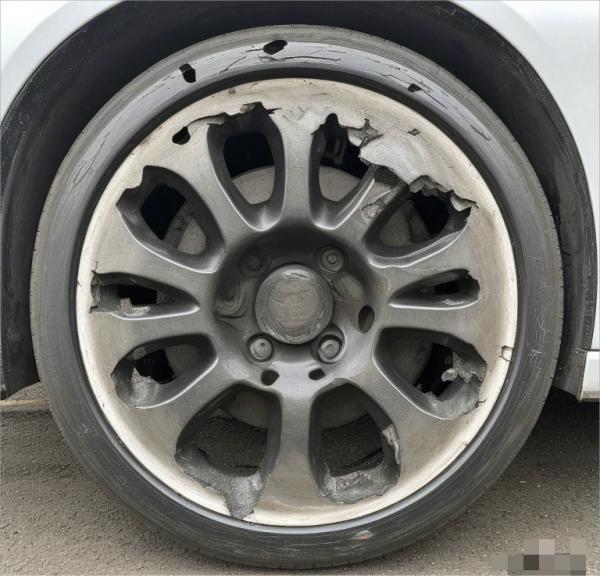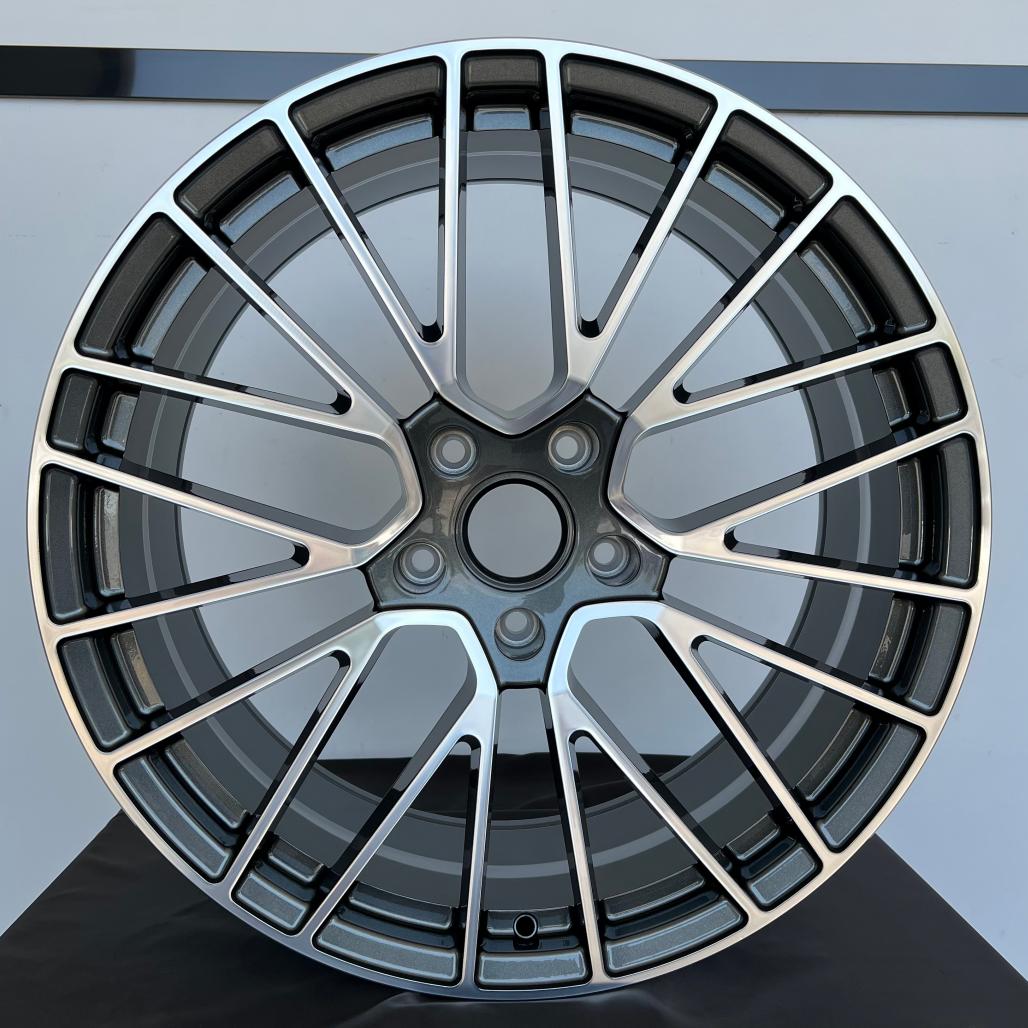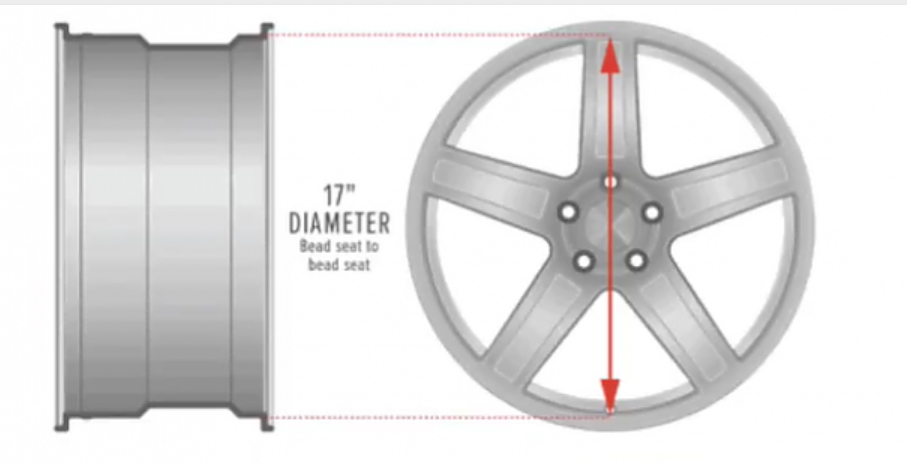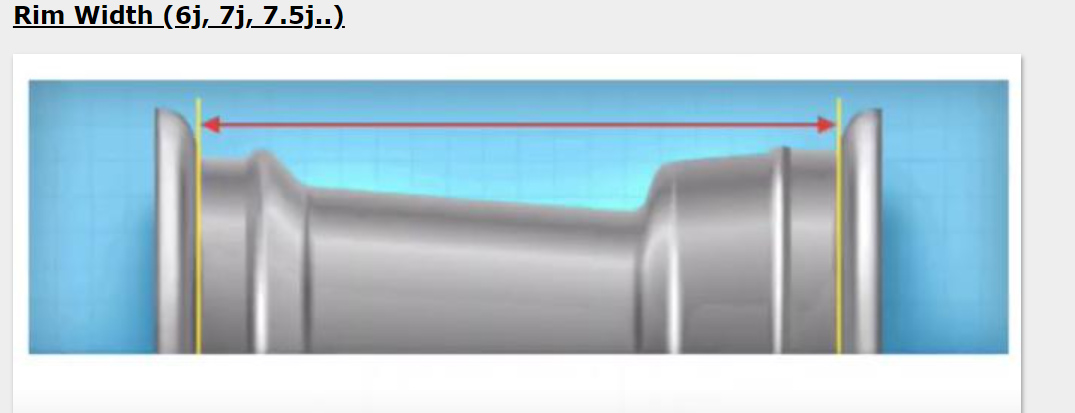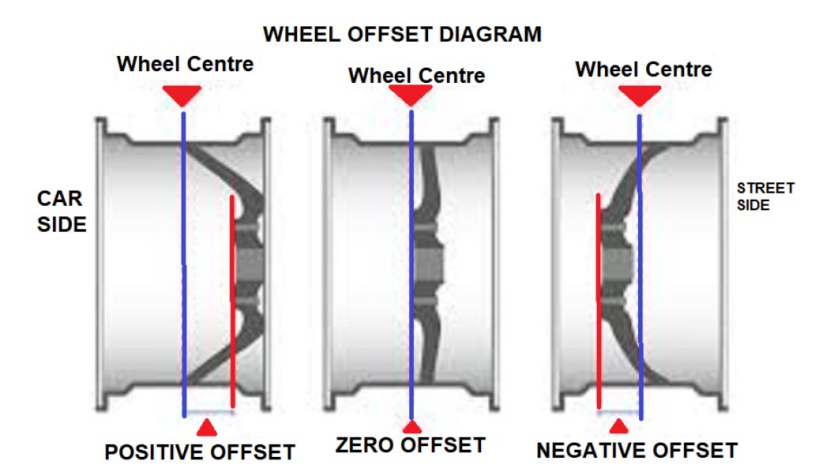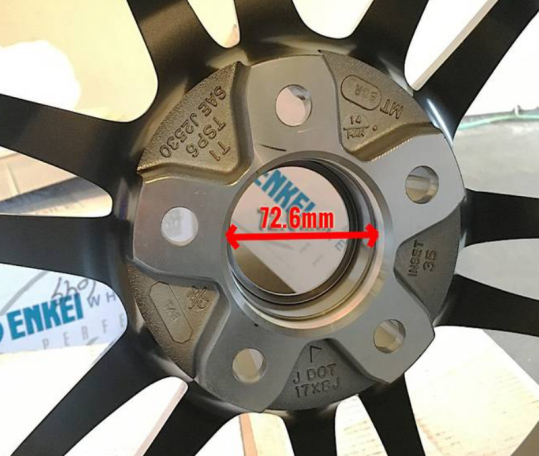Should car wheel scratches be repaired?
When driving, car wheels, especially high-performance forged wheels, inevitably encounter diverse road conditions, leading to occasional scratches. Faced with these marks on their car wheels, many owners find themselves torn between ignoring them and rushing to get them repaired.
Foremost, scratches on car wheels not only detract from their aesthetics but could potentially compromise driving safety. While minor scratches may merely mar the surface, deeper ones could damage the internal structure of therim, weakening its strength and heightening driving risks. Therefore, for pronounced scars or deformations, a prompt visit to a professional repair shop for inspection and restoration is highly recommended.
However, for superficial scratches, if the owner is not particularly meticulous about appearance and confirms that therim's strength remains unaffected, opting for temporary non-repair is an option. Nonetheless, it's crucial to acknowledge that these scratches could deteriorate over time, potentially leading to rust.
In summary, the decision to repair car wheel scratches hinges on the scar severity and the owner's personal preferences, with special consideration given to forged wheels due to their performance attributes. To ensure driving safety, owners should make a preliminary assessment upon discovering wheel scratches and seek professional maintenance assistance when necessary. After all, the integrity of the wheelrim, particularly in high-performance forged wheels, is directly tied to driving stability and safety.
